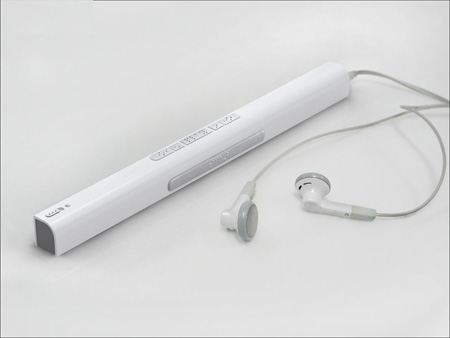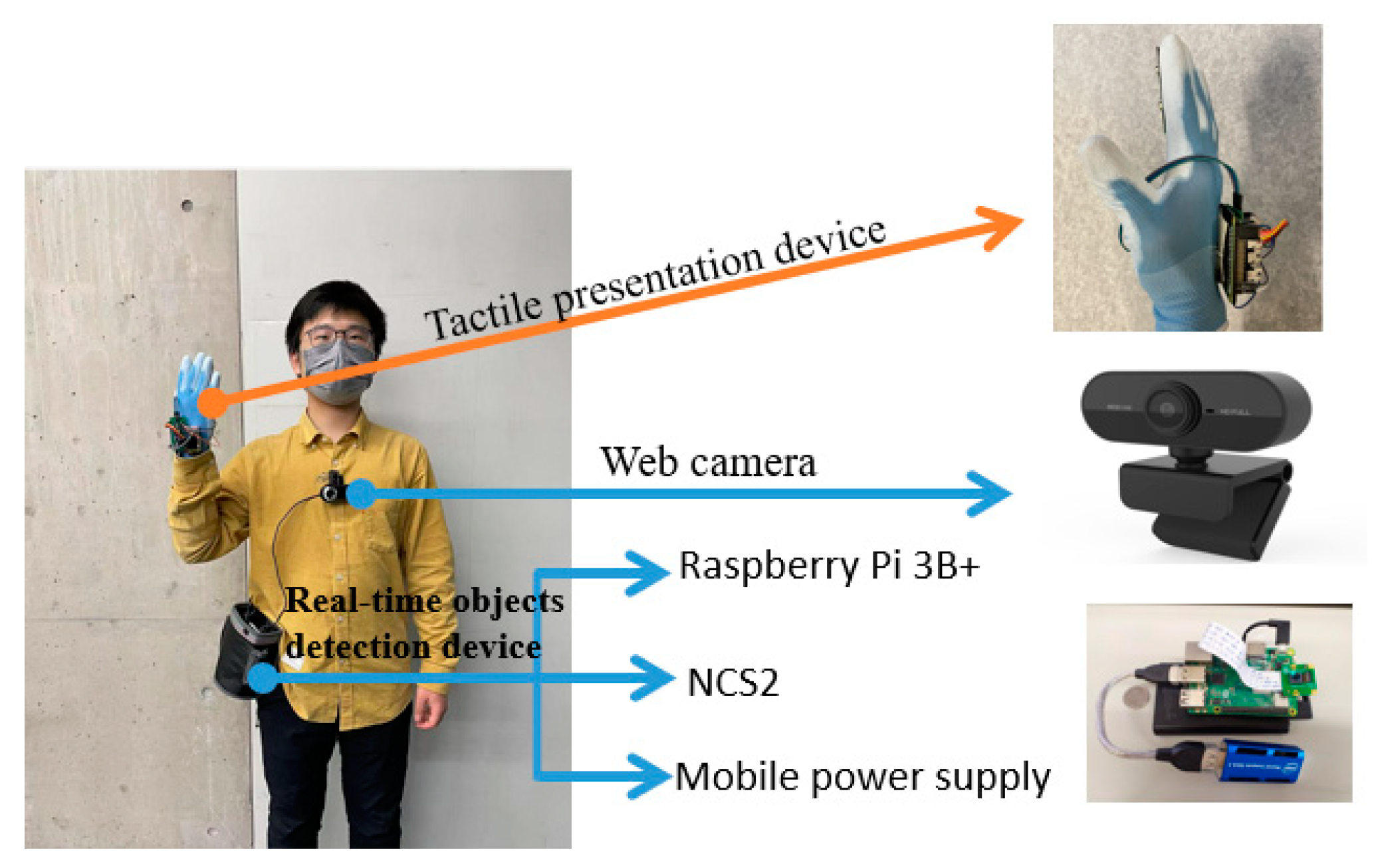Explore Advanced Glasses for the Visually Impaired and Their Benefits
Explore Advanced Glasses for the Visually Impaired and Their Benefits
Blog Article
Empowering Self-reliance With Assistive Technology for the Blind
The assimilation of assistive technology right into the lives of people with aesthetic disabilities represents a substantial innovation in promoting freedom and self-sufficiency. From cutting-edge display visitors to innovative wise walking canes, these devices not only improve everyday navigation and interaction but additionally equip users to involve meaningfully in numerous elements of life. As we explore the myriad advantages and real-world applications of these innovations, it ends up being essential to analyze the underlying factors that add to their efficiency and the possibility for future developments in this important field.
Introduction of Assistive Modern Technology

The growth of assistive modern technology is based in principles of inclusivity and empowerment. Developments in software, hardware, and sensory improvements supply users with choices customized to their details needs. From display viewers that transform message to speech, to tactile gadgets that convey information with touch, these devices transform the means people involve with their surroundings.
Along with functional applications, assistive technology cultivates higher social inclusion and engagement in various markets, including education and work (Mobility aids for visually impaired users). As study and advancement remain to progress, the potential for assistive modern technology to better improve the lives of aesthetically impaired individuals continues to be promising, leading the way for a much more fair society where everybody can thrive
Sorts Of Assistive Devices
A variety of assistive devices have actually arised to support individuals with aesthetic problems, each made to meet particular requirements and improve daily performance. These devices vary from low-tech solutions to modern developments, providing diverse options for individuals.
Low-tech devices consist of magnifiers and large-print materials that help in reading and writing. Braille tools, such as Braille stylus pens and slates, enable tactile analysis and interaction. Orientation and wheelchair aids, like white walking canes, aid users browse their environment safely.
On the greater end of the spectrum, electronic magnifying systems and display readers use substantial support. Digital magnifiers permit users to expand text and images on displays, while display visitors convert digital content right into manufactured speech, assisting in accessibility to info on computer systems and smart devices.
Smart device applications also play a critical role, providing attributes like message acknowledgment and navigating aid. Wearable innovation, such as wise glasses equipped with augmented fact, is becoming an appealing tool to enhance situational recognition.
Advantages of Assistive Innovation
The combination of assistive modern technology substantially enhances the quality of life for individuals with aesthetic problems. These modern technologies encourage customers by advertising freedom, enabling them to browse their atmospheres better and do day-to-day jobs with higher convenience. Screen viewers and zoom software allow individuals to accessibility digital details, fostering specialist and academic possibilities that might have formerly been out of reach.
Additionally, assistive devices such as smart canes and general practitioners Full Article applications give real-time navigation assistance, boosting mobility and safety. This boosted freedom not only boosts self-worth but likewise urges social engagement, allowing customers to take part more fully in their communities.
Assistive innovation likewise assists in communication, aiding customers attach with others through voice acknowledgment and text-to-speech applications. This capacity is crucial for keeping relationships and accessing critical information.
In addition, the customization choices offered with several assistive modern technologies make sure that users can customize tools to their particular needs, additionally improving usability and effectiveness. Overall, the benefits of assistive technology for people with visual problems are profound, advertising a more inclusive society where everyone can pursue their goals and goals.
Case Studies and Success Stories
Highlighting the transformative impact of assistive modern technology, numerous situation researches show how people with aesthetic impairments have actually successfully integrated these tools into their day-to-days live. One compelling example entails an university pupil who used display reading software application to browse scholastic products and on the internet resources efficiently. This innovation not just promoted her education and learning yet also enhanced her confidence in participating in discussions and team jobs.
Another case research study features an expert that uses a mobile phone application designed for navigation and things acknowledgment. By utilizing this application, he has actually reclaimed autonomy in both his individual and work environments, enabling him to commute separately and engage with colleagues much more successfully.
Furthermore, a retired person shared her experience with braille e-readers, which enabled her to access a huge variety of literature and remain gotten in touch with her community with publication clubs.
These success stories highlight the vital role of assistive technology in cultivating independence, improving high quality of life, and promoting social combination for individuals with aesthetic impairments (Wearable technology for low vision). By embracing these cutting-edge devices, users can get rid of difficulties and take chances that add to their individual and professional fulfillment

Future Patterns in Assistive Modern Technology
Development in assistive technology is poised to redefine the landscape of assistance for people with aesthetic disabilities. Emerging patterns emphasize the combination of man-made knowledge (AI) and artificial intelligence, which enhance the functionality of devices that help with navigation and info ease of access. AI-driven applications are currently capable of analyzing aesthetic data check here in real-time, allowing individuals to engage with their atmosphere much more independently.
Additionally, the development of wearable innovation is progressing swiftly. Smart glasses furnished with enhanced fact (AR) can supply audio descriptions of environments, changing exactly how customers connect with public spaces. These devices not just advertise freedom but additionally foster social addition.
Furthermore, the Net of Things (IoT) is making homes smarter, permitting for seamless connectivity between assistive tools and everyday devices. This connection empowers users by making it possible for automated actions and voice-activated controls customized to individual demands.
Conclusion
In final thought, assistive view innovation plays a critical function in equipping people with visual disabilities by boosting their independence and involvement with their surroundings. The varied range of applications and devices available not just assists in navigating and communication however likewise promotes social integration and opportunities for professional and personal development. As innovations continue in this area, the capacity for improving the lifestyle for those with visual problems will certainly increase, cultivating greater autonomy and empowerment.

Report this page